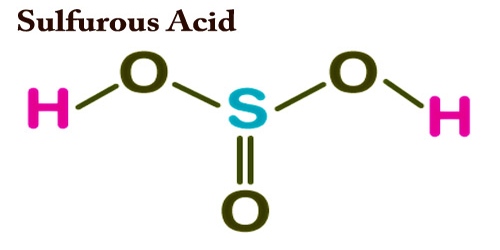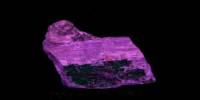Harvesting aerial humidity, also known as atmospheric water harvesting, is the process of collecting water from the air using specialized equipment. This technology is particularly useful in areas with low rainfall or poor access to clean water sources.
Researchers of the Smart Materials Lab (SML) and the Center for Smart Engineering Materials (CSEM) at NYU Abu Dhabi (NYUAD) have reported a novel method of harvesting water from naturally occurring sources such as fog and dew.
Researchers Patrick Commins and Marieh B. Al-Handawi noticed for the first time how water spontaneously condensed from vapor to liquid form and moved across the surface of an organic crystal that was slowly sublimating in the study. This was discovered to be brought on by alterations in the width of tiny channels that form over time on the surface of the crystal and direct the condensed water across its surface.
Harvesting aerial humidity can be a sustainable and environmentally friendly way to access clean water. However, the technology is still relatively new and expensive, so it may not be practical in all situations.
Through millennia-long evolutionary processes, surfaces of natural organisms have been optimized for efficient transport of water for a variety of life-supporting functions. Plants have been seen to do this by moving water against gravity. Our team has discovered a new way to move water across a dynamic solid surface, a fundamentally new underlying principle of water collection. This can provide an inspiration for emerging technologies that could potentially maximize the efficiency of experimental systems used for the collection of aerial humidity.
Panče Naumov
In the paper titled “Autonomous and Directional Flow of Water and Transport of Particles across a Subliming Dynamic Crystal Surface,” published in the journal Nature Chemistry, researchers describe the process of condensation and movement of water that carries particles on the surface of crystals of hexachlorobenzene, a compound that is often used as a fungicide.
The surface of this substance has a hard topography with well defined parallel channels as a result of sublimation. Dust and even metallic nanoparticles, which are small, solid particles, were seen to move on their own through the channels.
It was discovered that the condensed airborne water, which migrates along the channels as their cross-section and width change over time, is what is responsible for the mobility of these particles.
Previous attempts at achieving autonomous water flow have involved either surface chemical alterations or carefully engineered microchannels, as well as on the surfaces of some natural systems, including some plants or insects.
The results of this new study have the potential to direct the development of new technologies to exploit water that is presently exclusively utilised by a few desert plants and animals, such as dew and fog, for survival.
The new study advances our understanding of the water collection processes found in these biological structures while introducing a fundamentally new method for moving water.
“The motion of water on solid surfaces is one of the most fundamental phenomena found in nature,” said Panče Naumov, a leader of the Smart Materials Lab and Director of the Center for Smart Engineering Materials, and the corresponding author of the study.
“Through millennia-long evolutionary processes, surfaces of natural organisms have been optimized for efficient transport of water for a variety of life-supporting functions. Plants have been seen to do this by moving water against gravity. Our team has discovered a new way to move water across a dynamic solid surface, a fundamentally new underlying principle of water collection. This can provide an inspiration for emerging technologies that could potentially maximize the efficiency of experimental systems used for the collection of aerial humidity.”
















